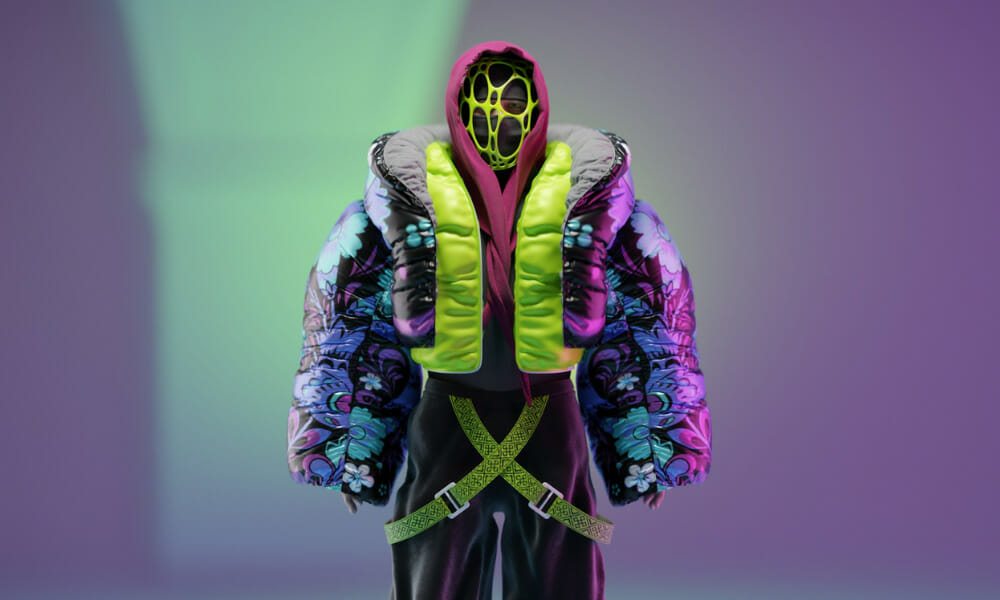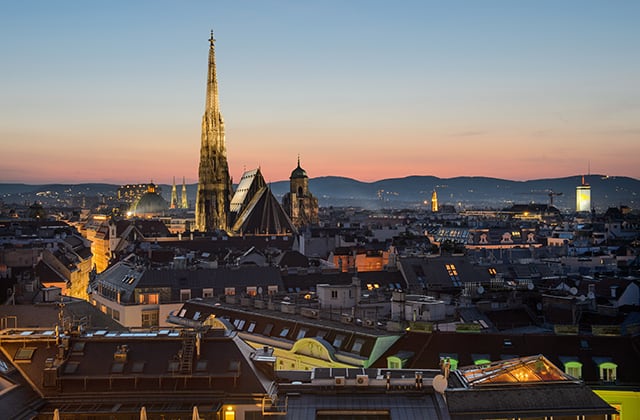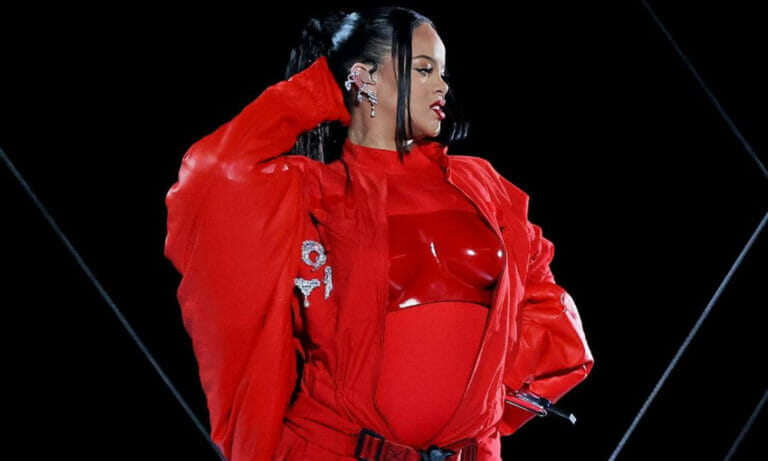The digital fashion industry could reach $55 billion by 2030 (according to a Deloitte study), which is comparable to the economies of Iceland and Cyprus combined (2022). The main factors driving such growth are advanced and cheap technologies, Internet penetration, the development of online gaming platforms and design softwares.
Digital fashion opens up many opportunities for creative people who have no way to create physical clothes. Nes, the leader of the global creative Team Black Cat with a main hub in Switzerland, says: ‘With programs like Blender, we can create 3D and go digital for free and working in fashion design softwares such as Marvellous or Clo, we can easily turn digital fashion into physical outfits’. On another note, according to Ivan Puzyrev, co-founder of W3rlds Metaverse living in Dubai, digital fashion is a binary code with a brand logo on top and this is how a modern system is being formed to sell brand value to a new generation of consumers growing up with platforms, and still mixing physical and digital.
Dressing up digital avatars is no longer just a game, but a huge economy and a hidden battle for the audience, which is why previously traditional fashion houses are breaking with the past and going online: Burberry collaborates with Minecraft, Gucci and Ralph Lauren create spaces and special collections in Roblox, Nike buys Rtfkt, a creative studio with a large youth web community. The trend of fashion digitalization inevitably affects the marketing strategy of key retailers. In 2022, the Mall of the Emirates in Dubai launched its promo campaign inspired by the metaverse, avatars and digital fashion, created by Guillaume Sauzey, a French visual artist collaborating with Valentino fragrances and Adidas Originals. Digital fashion allows Guillaume to go beyond the physical constraints of the real world as it’s less limited than traditional fashion. Just a decade ago, digital fashion designers and brands were exotic, as it was unclear how to wear them. Today, brands and marketplaces such as The Fabricant, DressX, Replicant, XR Couture and others are part of the daily online fashion routine.
And this is just the beginning…
ALSO READ: THESE 6 BEAUTY TRENDS ARE GOING VIRAL ON TIKTOK.




